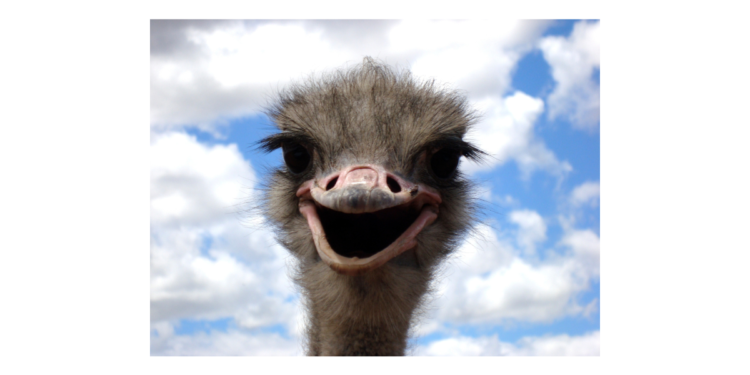Did you know that not all birds can fly? That’s right! So the next time someone asks you which birds cannot fly, you’ll be able to answer them with confidence. In this blog post, we’ll take a look at some of the characteristics of flightless birds and explore why these feathered creatures are unable to take flight.
Flightless Birds Have Specialized Features
Flightless birds look similar to other bird species—they have wings, feathers, and beaks—but they lack certain features that enable them to fly. For example, many flightless birds have shorter wings than their flying counterparts, so they can’t generate enough lift for takeoff. They may also have heavier bodies and larger feet than normal birds, making it difficult to stay airborne. Additionally, due to their inability to fly long distances in search of food, flightless birds tend to have larger bills than normal birds since they need more force to break open prey items like clams and crabs.
Adaptations for Survival
But why are some birds unable to fly? The answer lies in their environment. Flightless birds live in environments where they don’t need the ability to fly in order to survive—think isolated islands or areas with very few predators. Without fear of predation from other animals or humans, there is no need for these bird species to evolve wings that would enable them take flight. As a result, many flightless bird species have evolved specialized features that aid in their survival on land rather than in the air. For instance, many penguins possess flipper-like appendages instead of wings which helps them swim faster underwater; while ostriches use their powerful legs both as means of defense against predators as well as a form of locomotion when running away from danger.
Conclusion:
So there you have it: a brief overview of flightless birds! There are quite a few bird species out there who lack the ability or desire (we won’t judge!)to take off into the sky – but that doesn’t mean they aren’t amazing creatures in their own right! Learning about these amazing animals can help us gain insight into how different animals adapt and evolve over time based on their environment – so don’t forget to keep your eyes peeled next time you go outdoors! Who knows what interesting wildlife awaits your discovery!












